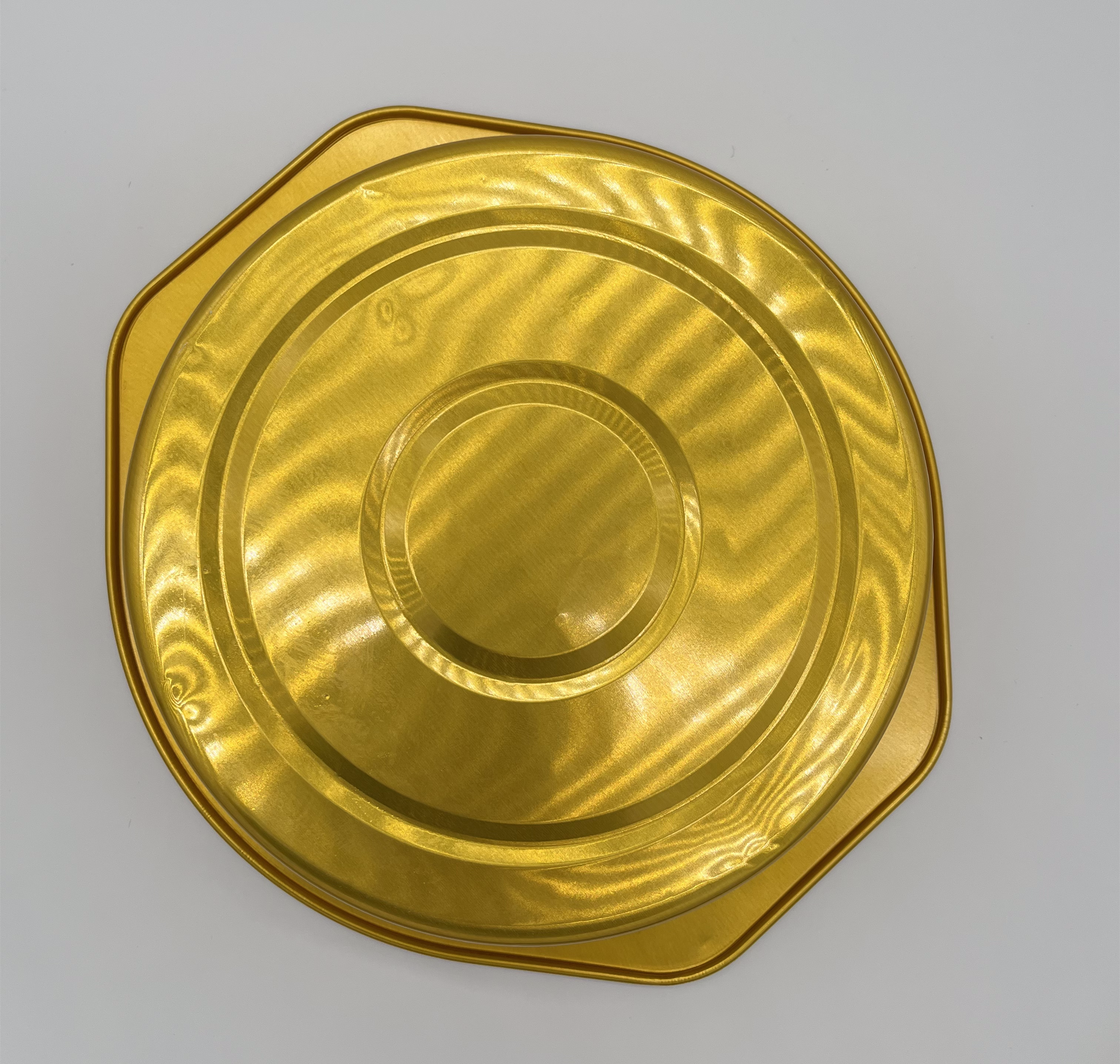If you’re like most people, you probably pack your lunch every day. And if you’re like most people, you probably rely on lunch box aluminum foil to do it. But are you sure that’s the best option for you? At first glance, aluminum foil seems like a great choice for lunch box materials. It’s lightweight and easy to store and can be used to make everything from sandwiches to pizza toppings. But there are a few things you need to consider before choosing aluminum foil as your lunch box material. First and foremost, how much do you want to weigh in your box? An extra pound or two isn’t going to make a huge difference, but adding too much weight can cause your lunch box to become wobbly and difficult to carry around. Next, think about how often you plan on using your lunch box. If you only use it once or twice a week, an aluminum-only lunch box may be fine. But if you use it every day, something a little more sturdy might be more appropriate.

The Different Types of Aluminum Foil
There are three types of aluminum foil: regular, heavy-duty, and Reynolds. Regular aluminum foil is the weakest and can only be used once. Heavy-duty aluminum foil is thicker and more durable but also more expensive. Reynolds aluminum foil is the most common type and is made of two sheets of metal that are heat-sealed together.
The Different Models of Lunch Box Aluminum Foil
There are three common models of aluminum foil lunch boxes that you can choose from. The first is the “flat style” where the aluminum foil is attached to a rigid piece of plastic. The second is the “tube style” where the aluminum foil is wrapped around a tube-like piece of plastic. The third is the “kraft paper style” where the aluminum foil is rolled up into a tight cylinder. Each type has its own advantages and disadvantages, so it’s important to choose one that will fit your needs and lifestyle.
The flat style is by far the most popular, and it’s easy to use. Just place your food inside the box, fold up the aluminum foil top, and slide it into your pocket or bag. This model is great for people who want an easy way to pack their lunch without having to take extra care in ensuring their food doesn’t get wet. However, this model has one major downside: it’s not very durable. If you’re rough with your lunch box, chances are you’ll eventually damage it beyond repair.
The tube style offers some advantages over the flat style but also has some disadvantages. For one, it’s easier to clean because there’s less chance of food sticking to the aluminum foil. But this model also has another advantage: if you spill food on yourself while eating from your tube-style lunch box, you can just unroll the aluminum foil and clean it off easily without having to worry about damaging your clothing or snack.
How to Choose the Capacity of Lunch Box Aluminum Foil
How to Choose the Capacity of Lunch Box Aluminum Foil?
When it comes to packing lunch for work, school, or travel, many people opt for a small container that can easily fit into their bag. But what about when you have a larger appetite? Or when you want to pack enough food for the whole day?
There are a few things to consider when choosing the capacity of your lunch box aluminum foil. The size and shape of your container will determine how much food it can hold. You’ll also want to take into account how big you’re eating and how much space is left in your bag. And finally, make sure you have an idea of how often you’ll be eating your lunches. If you pack them every day for work, for example, a smaller container might be better than one that can only hold twice a week’s worth of food.
Here are some tips on choosing the right size:
If you plan on packing your food in an airtight container like a mason jar or Tupperware, use half the stated capacity listed on the bags. For example, if a jar is stated as holding 16 ounces of food, pack 8-10 ounces at a time and it should last 3-4 days without spoiling. Conversely, if using a resealable plastic bag like those grocery store sacks (with no airtight seal), only fill it two-thirds full due to limited airtightness.
No matter what capacity and size you need, you can find that in Canlids for there are various kinds of aluminum foil containers in it. Choose Canlids, and it will sure meet your requirements.
Conclusion
If you’re working on a project that will require Lunch Box Aluminum Foil, it is important to choose the right capacity. Here are some guidelines to help you make the decision: -1/2 inch = 20 square inches -3/4 inch = 30 square inches -1 inch = 40 square inches.

